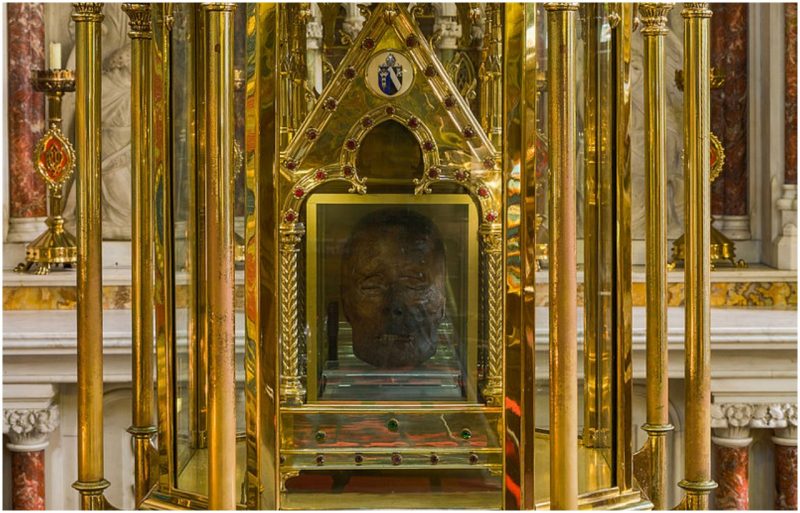For nearly four hundred years, St. Peter’s Roman Catholic Church in Drogheda, Ireland, has kept one of the most peculiar and disturbing religious relics in the Western World on display. Enshrined in a glass case, with a golden crown, rests the severed head of the 17th century Saint Oliver Plunkett.
According to Encyclopedia Britannica, he was deemed Ireland’s patron saint of peace and reconciliation in 1997, making him Ireland’s first Saint in nearly 700 years. However, his life and death were anything but peaceful.
Plunkett was born in Loughcrew, County Meath, in 1629. On October 23, 1641, when Plunkett was just twelve years old, the Irish people led one of many revolts against their English rulers. The uprising brought the death of thousands of English and Scottish settlers. Hundreds of Catholic clergymen were brutally martyred for the crime of “promoting the Roman faith.”
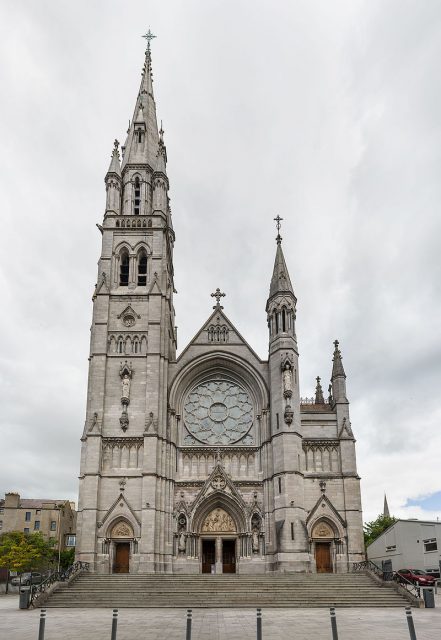
While Oliver Cromwell managed to suppress the uprising in 1649, English Parliament continued to exaggerate the number of deaths and stir up further dissent against the Catholic Church and its clergy. In the 1950s, Plunkett himself became a Catholic priest.
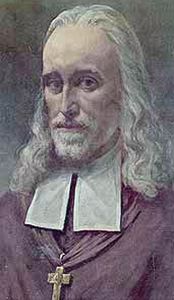
His mission was to restore peace and order according to the precepts laid down in the Council of Trent, which sought to defend Catholic teachings against challenges from the Protestant movement and to rid the church of abusive practices.
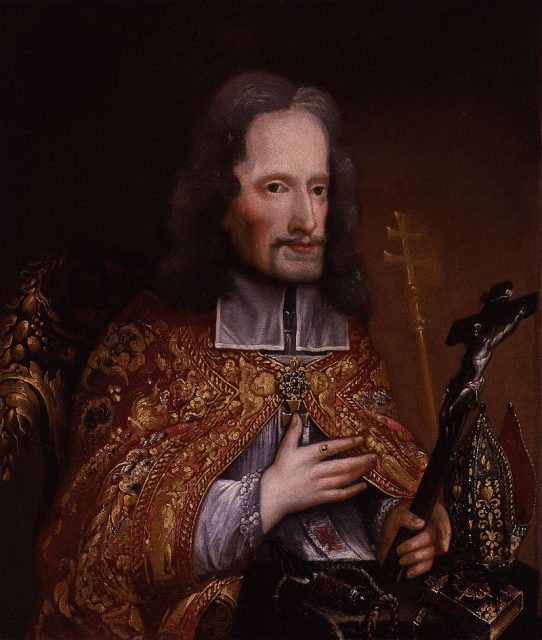
Until 1673, Plunkett managed to get along with the English Protestants. But when the persecution reemerged, he was forced into hiding for five years. Finally, he was arrested and imprisoned in Dublin Castle.
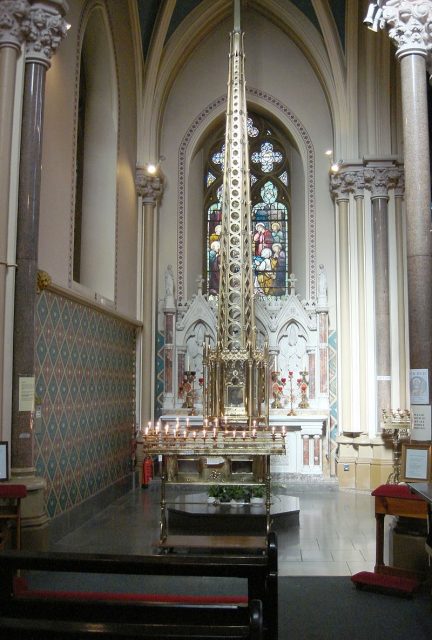
His trial began at Dundalk but continued in London, where he was convicted of high treason. On July 1, 1681 he was hanged, drawn and quartered in the public square, like all the other heretics. He was the last man to suffer martyrdom for the Catholic faith in England.
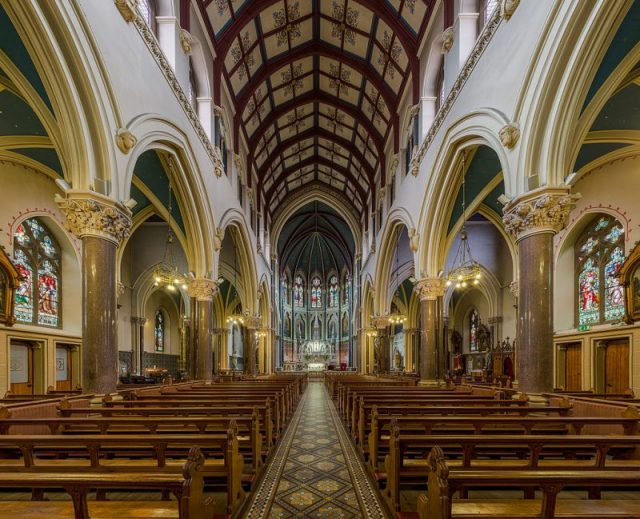
The dismembered parts of Plunkett’s body were buried in the courtyard of Saint Giles-in-the-Fields. A few years later, some parts were dug up and brought to Rome and Ireland. In 1929, his head was brought to Drogheda and ended up at St. Peter’s Church, where it rests today.
Amazing Mountain Top Monasteries
Every year, thousands of people from all over the world visit this historic Church. But its breathtaking Gothic architecture and rich history are not its most memorable attraction. Saint Plunkett’s head sits as a solemn reminder of an age stained by the darkness of religious persecution.
St. Peter’s in Dublin is not the only church housing grisly human relics, nor do all such relics belong to Saints. St. Lambert’s Cathedral in Munster, Germany, houses three iron hanging cages from the 16th century. The cages were not empty when they were placed in the church either. They contained the remains of three men who had been tortured and left to rot.
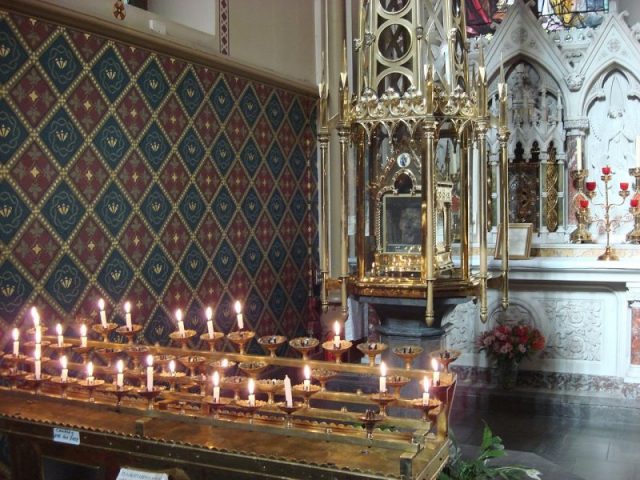
The Basilica Cateriniana San Domenico in Siena, Italy, houses the mummified head of Saint Catherine of Siena. London’s Westminster Cathedral contains the facial skin and the tongue of Saint Anthony of Padua. The Church of Santa Croce in Gerusalemme, Rome contains what some claim to be the dismembered finger of the Apostle Thomas.
Read another story from us: The bizarre story of the dragon’s rib in the cathedral of Atessa
Many of these relics have been discredited or exposed as frauds. But all of them are reminders of a dark and tumultuous era of human history, and the people who sacrificed their lives for the cause of peace.
Marea Harris is a professional freelance writer with over 7 years of experience. Having an MBA from a reputable university in the UK, Marea has researched and written thousands of articles to date.
